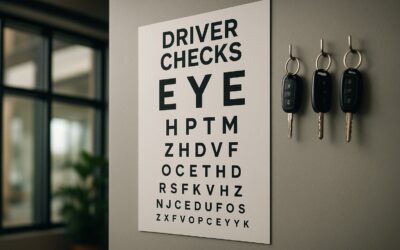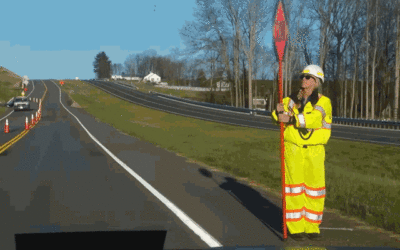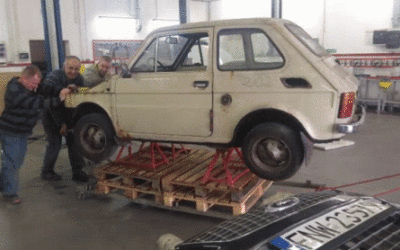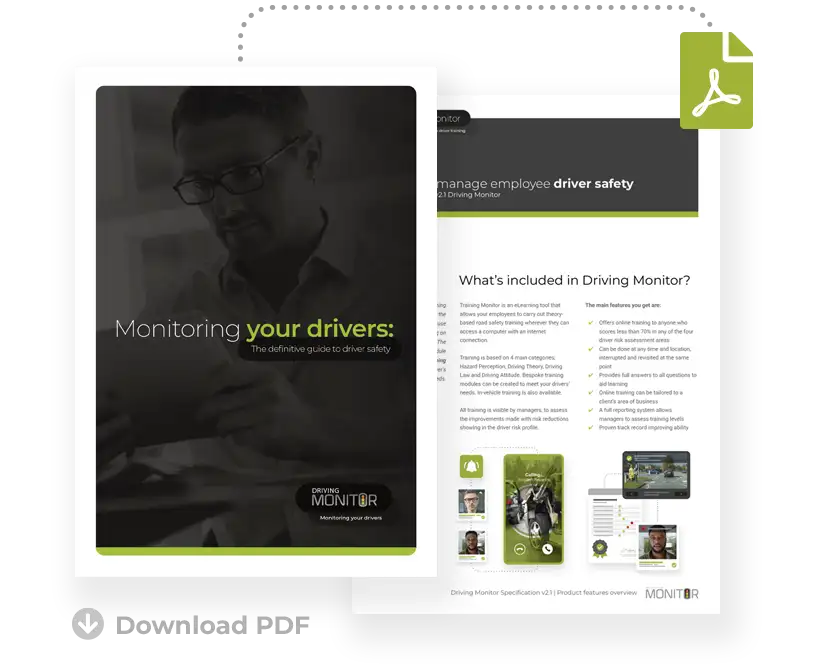Self-Driving Vehicles: Concerns Raised Over ‘All-Lane Keeping Systems’ Impact Report
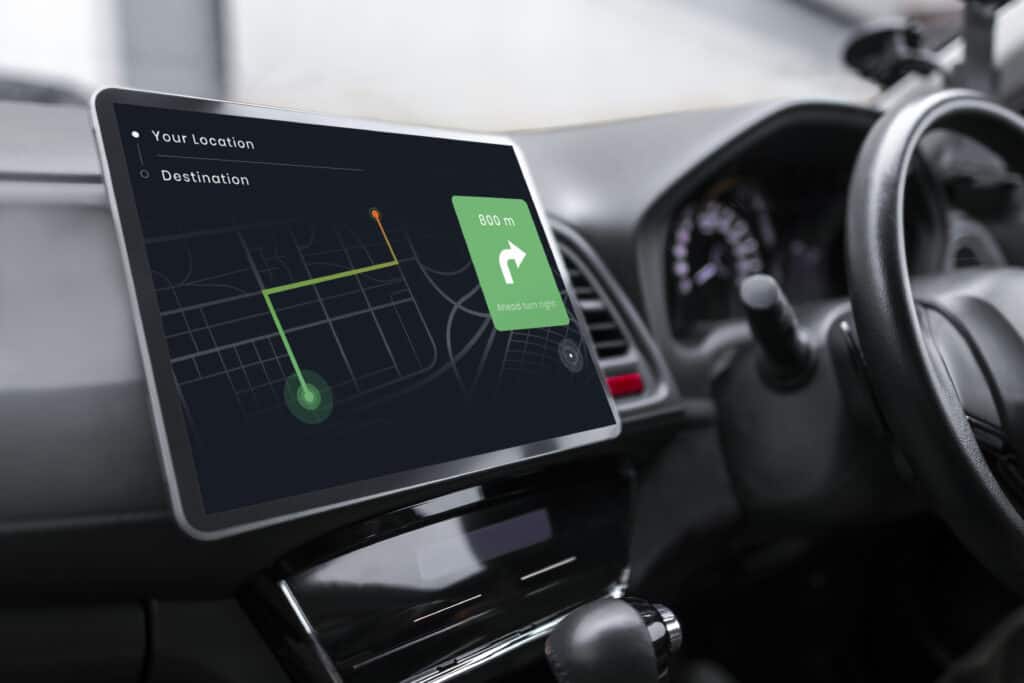
The Department for Transport (DfT) has raised concerns over the ’10-second rule’ that requires drivers to re-engage and take back control from all-lane keeping systems.
It comes from a new report that explores the viability of self-driving vehicles on the road as the government explores what potential issues autonomous vehicles might face on the road.
As we all know, the relationship between a driver and a vehicle has always been one that has been one and the same, despite technological advances to improve road safety.
But with the improvement in technology making self-driving vehicles viable, the road safety impact is being explored in greater depth than ever before.
Road Safety And Autonomous Vehicles
Self-driving vehicles have been the stuff of fantasy for as long as we can remember but the reality is that the technology exists today.
However, getting vehicles on the road without a driver manually controlling the wheel at all times is a different prospect altogether.
The government report was published by the DfT, titled ‘Regaining Situational Awareness as a User in Charge’, which explores the challenges drivers may face when retaking control of an autonomous vehicle.
Mobile phone use was one thing that the report has explored, given the reality that the ‘driver’ monitoring the vehicle while in automated mode is likely to use their mobile phone at some point.
Surprisingly, mobile phone users took back control of the vehicle quicker – but this doesn’t guarantee a ‘safe’ transition back to manual driving, according to the report.
The rules require a 10-second period between an automated lane keeping alert being triggered before drivers are required to take manual control of the vehicle and if that doesn’t happen, the vehicle will slow down, put on hazard lights and slowly come to a halt.
With a mixture of results and some concerns, the DfT is unsure whether the 10-second takeover rule is sufficient to ensure a proper failsafe in the event of an alert or emergency.
The Future Of Autonomous Vehicles
The DfT and government recognise that autonomous vehicles (in one way or another) are part of the future of both fleet and private driving in the coming years.
But there are key safety details that must be ironed out and clarified before further progress is made, not least the 10-second mandatory takeover period.
Not only that, but there are also different ‘levels’ of automation when it comes to vehicles, with level 5 being those that never require a driver to take over.
Those are more likely to be used for delivery and taxi services, rather than long-distance fleet operations.
But with the differences in levels all requiring different regulation and crucial software interventions, there are plenty of considerations to make before rolling out vehicles for regular use on the roads.
Where do you see the future of autonomous vehicles in fleet technology? And do you think further considerations need to be made over driver and road safety before further steps are taken with self-driving technology? Let us know in the comments below.

